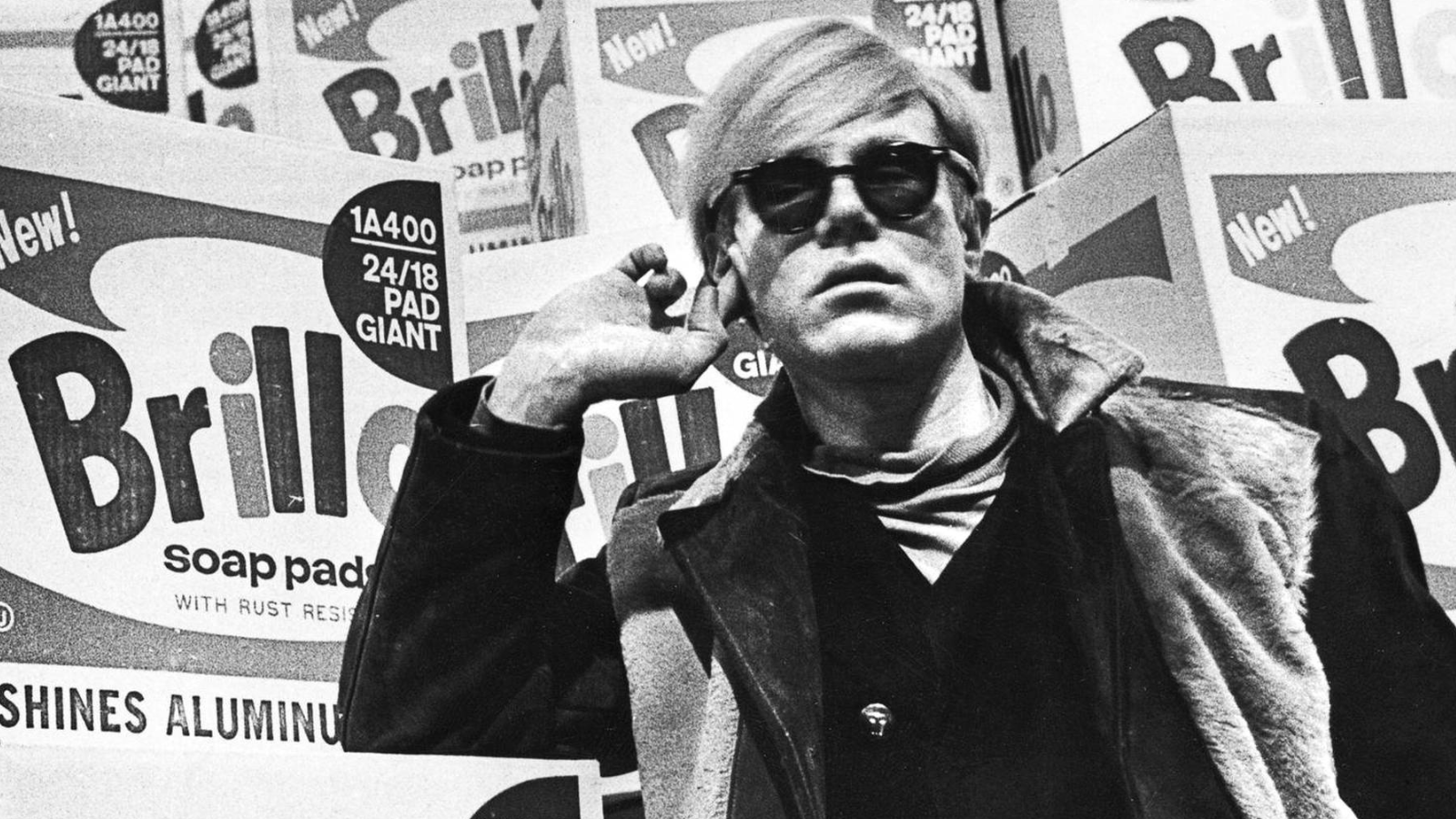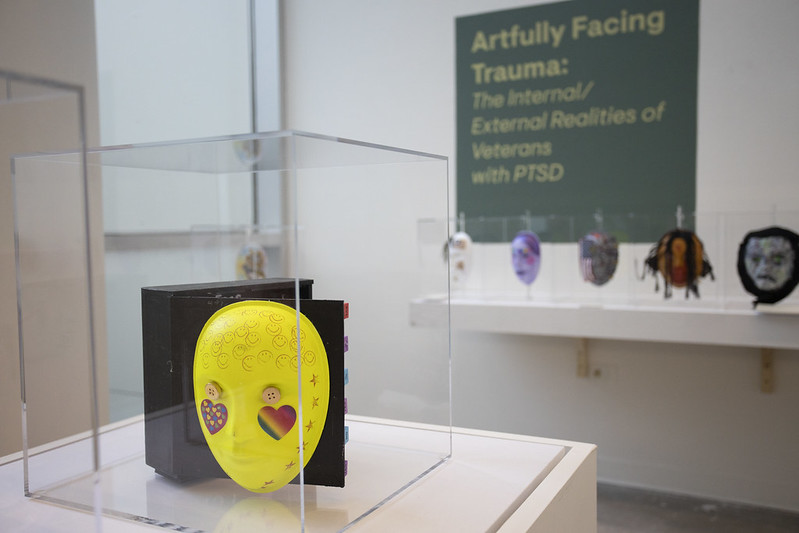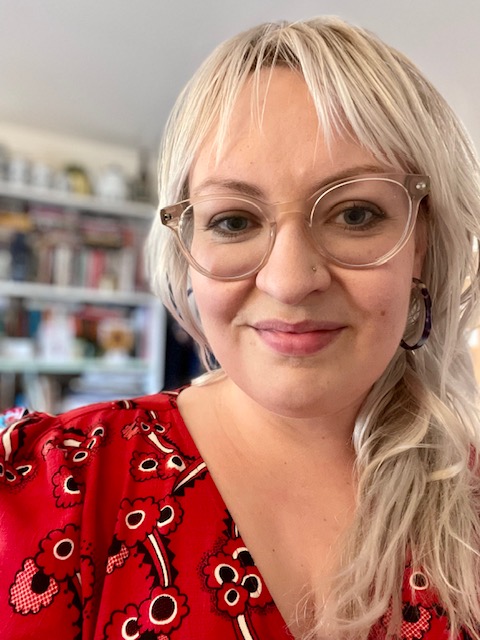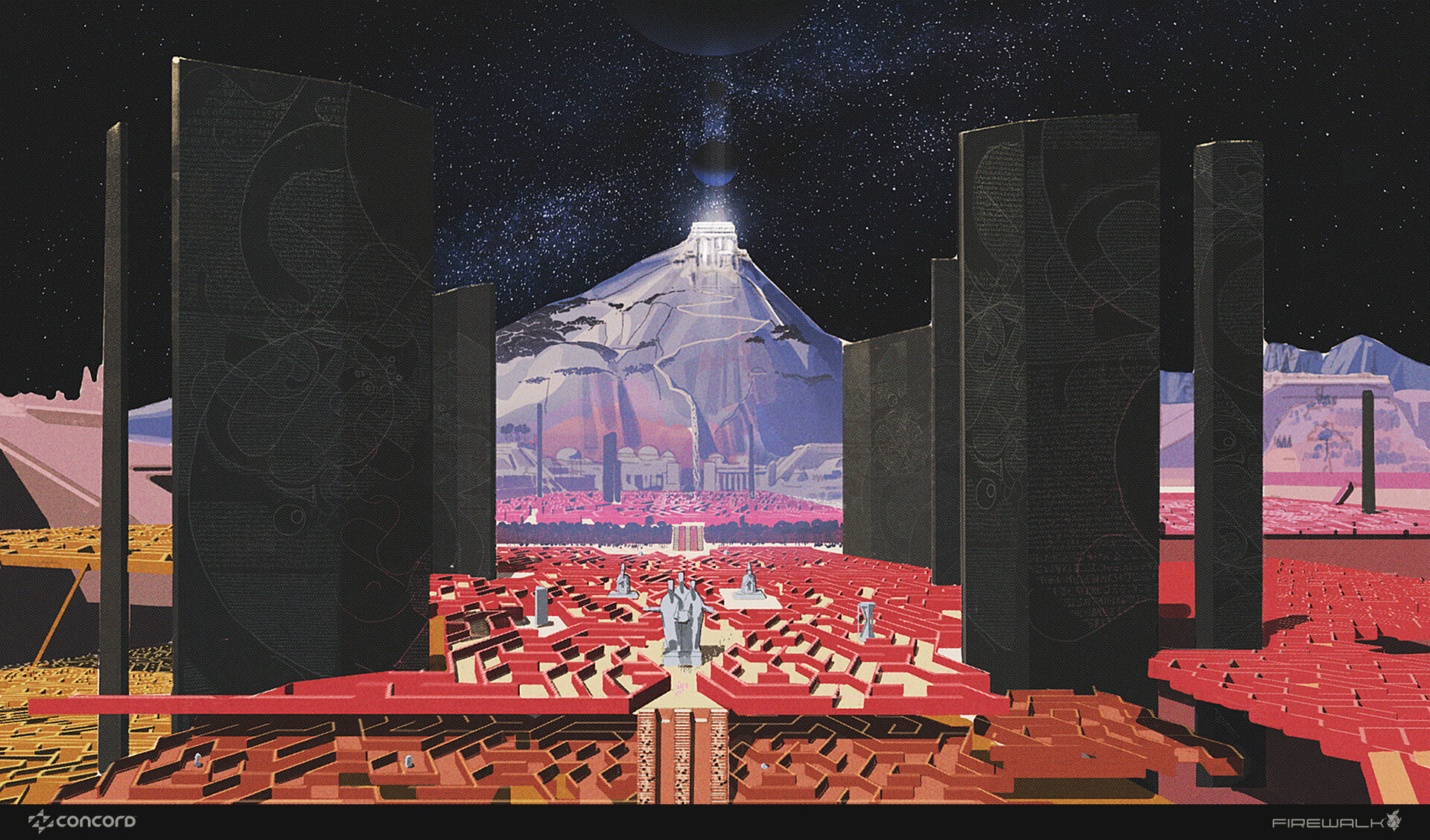"Andy used creativity as his therapy" – how to channel creative intelligence like Andy Warhol
Psychiatrist Dr Phillip Romero explores creative problem-solving and resilience, using Warhol as inspiration

Andy Warhol is instantly recognisable as the man who turned Campbell’s soup cans, Brillo boxes and Coca Cola bottles into Pop Art. He captured celebrities, including Marilyn Monroe (his ‘Blue Shot Marilyn’ painting sold for $195m in May 2022), Jackie Kennedy Onassis, Arnold Schwarzenegger and Prince, in silkscreen prints. From paintings to sculptures and film, he mastered it all, and explored issues around media, publicity, consumerism and fame. But what can his life and career teach us about being resilient and innovative?
Dr Phillip Romero is a psychiatrist, based in New York, and the author of Andy Warhol’s Brain: Creative Intelligence for Survival, which explores the concept of creative intelligence (a mixture of creativity and resilience) through Warhol’s life and art. Dr Romero first met Warhol in New Orleans in 1976, having been introduced by Thomas Downing, a member of the Washington Colour School and a former studio assistant to Fernand Léger.
In 1977, Warhol invited Dr Romero to visit him at the Factory in New York (Warhol’s famous studio space), and their friendship continued over the next decade. Warhol died on 22 February 1987; Dr Romero had been due to interview him a day later.
We talked to Dr Romero about his new book, which he launched at the Warhol Kennedy Residence in London, and he also shared his top tips for creative intelligence. We’ll start things off with Dr Romero explaining the principles behind this concept, then showing us why Warhol is the perfect example, and going on to give us some top tips on putting this into practice.
The six principles of creative intelligence
In neuroscience, we have two states of consciousness: what’s called convergence, which is linear and all about efficiency, like thinking about what we need to do and going out and doing it. I call this our ‘doing brain’. Then we have divergent cognition, which shifts to look inwards, so that’s our ‘being brain’. Creative intelligence taps into our ‘being brain’ in six different ways:
1. Remembering experiences (for example, negative experiences from childhood) when you’re daydreaming. Think about the patterns of behaviour rooted in your current stress. What triggered you? What does it remind you of?
2. Reflecting on those past experiences and realising what life is like now. Be grateful for what has changed.
Get the Creative Bloq Newsletter
Daily design news, reviews, how-tos and more, as picked by the editors.
3. Reframing to get out of the victim mentality: seeing this is not aimed at you now, that the traumatic event has ended.
4. Reimagining your sense of self and getting our ego out of the way.
5. Reinventing through being creative: exploring, practicing, playing, experimenting with new things.
6. Reconnecting with yourself and the world.

Andy Warhol’s life is the perfect example of creative intelligence
Andy had plenty of trauma and adversity as a child. He was a loner from a poor labouring family, and his mum was a refugee artist. After art school, he started out as a very good graphic designer producing graphic commercial art, which wasn’t valued like fine art was.
He was successful but bored, then began to paint commercial objects and hand-painted work with encouragement from Henry Geldzahler [a curator for major art venues like the Metropolitan Museum and MOMA, and a subject of Warhol artworks], who was kind of the art tzar of New York City. Through Pop Art, he reimagined what art could be.
If we think about reinvention, Andy never stopped reinventing until the end. He started with a reaction to abstract expressionism in the 60s, being friends with Barnett Newman. Then he basically stamped Marilyn Monroe on a gold painting, as his first reinvention.
At the end of the 60s, Andy was almost assassinated and understandably he had post-traumatic stress disorder (PTSD) after that. He moved his Factory to a new space, then began to look more at wealth and celebrities as his focus, people like Liza Minelli, in the 70s – reimagining again.
He then made 102 Shadows paintings, which were more abstract, a bit like Monet’s waterlilies. Towards the end of his life, he turned to religious art, and I feel he really came home to himself.
I asked him once if he’d ever had therapy; he said he’d tried it in the 50s but not got on with it. I said, “You just do creativity as your therapy.”
Relax and unplug by daydreaming
You can train yourself to sit still, daydream and close your eyes. Daydreaming is the brain at play, and Andy daydreamed all the time. Access your wandering mind and pay attention to your brain chatter; try doodling to help get rid of stress during the day.
Even scientists can problem-solve by daydreaming
Our daydreaming state is when our brain pops up with new ideas, and new ways to look at problems. In science, think of Newton sitting under the apple tree discovering gravity, or Einstein looking at dust particles in a ray of light and developing his theory of relativity.
It isn’t just about the grades you get or the prizes you win
In society, we’re rewarded for grades, and we reinforce doing to get higher rewards. We’re addicted to it, and we push to get more – look at sport, for example, where we try to beat each other in boxing or in the World Cup.
When we learn to play through creative intelligence, we deal with adversity, and discover how to just be. If you mess up, you gradually learn not to get upset or walk away; try again and see what happens.

Art has been part of our lives for thousands of years – embrace it
Think further back to cave art from 50,000 years ago when, as humans, we evolved to start daydreaming: not just doing, but responding to our environment and making a mark. When fires were lit in the caves, it made it seem like the paintings were moving. We've been motivated to make art and become artists, going right back to cave painting. If people think they can’t be creative, they’re wrong.
Remember there are physical benefits to creativity
The thing is, when you toggle back and forth intentionally between your ‘doing brain’ and your ‘being brain’, like Newton under that tree, your body relaxes.
When I get a patient to daydream and be creative, their ego melts away, even stressed executives who are grinding all the time or facing marriage problems. The association centres in their brain, to do with emotion, memory, stress and rational behaviour, turn inward and begin to share. You can also use meditation and ancient mindfulness techniques.

Use art as a therapeutic tool to deal with trauma
Art is a good exercise for trauma: some of the art is spontaneous, but once your imagination is active, you go back and think of a traumatic memory you went through. When you translate those negative emotions onto the page, it can be profound.
I call it ‘phantom stress’, when something from your past shows up in your present [much like ‘phantom limb’ pain that some amputees experience, despite missing the limb and its nerves]. You might not even be conscious of it. Research shows that stress from childhood has a long effect into adulthood.
You can also process it when something happens, though. I think of the kids who witnessed 9/11 and were told to make drawings about it: the Twin Towers falling, people crying and running. It’s vital to get it out, whether you paint, sing, or play a game to process what you felt at the time.
Connect with creative friends and mentors
You’ve got to hang out together and talk about creativity. Andy’s type of social interaction was to listen. He was witty, sharp, and always listening, connecting; he introduced me to people like Christopher Makos, the photographer. Find people who are authentic, and realise you can be creative in different ways.
Andy also became like a mentor to Jean-Michel Basquiat and Keith Haring: they talked a lot, he collaborated with Basquiat, and he supported the street art scene and championed graffiti.
Seek out different types of art
It’s definitely tough being in the arts today, but we’ve never made so much art in history as we do now: not just fine art, but in beautiful architecture, photography and immersive digital work. Take something I saw recently – Anthony McCall, a light artist who has an exhibition at the Tate Modern with these amazing projections on the walls [Solid Light, running until April 2025]. Just go and stand in them.
Teach others, especially children, to value creativity
What you make and feel creatively should count; making art is kind of sacred, but we devalue art and nature in society. We can change this in childhood - we need to train teachers and parents, and bring up kids to value creativity as worthwhile, even if they don’t make something that belongs in a gallery.
Think of Andy’s mum, encouraging his art and buying him art materials. We need propaganda to keep the arts alive, and promote it as a way to hijack stress.
Andy Warhol’s Brain: Creative Intelligence for Survival is out now, published by G Editions.
Want more inspiration and tips like this? Find out how art can be a healing technique. Also don’t miss the Perrier packaging that pays tribute to some of Warhol’s previous work.

Thank you for reading 5 articles this month* Join now for unlimited access
Enjoy your first month for just £1 / $1 / €1
*Read 5 free articles per month without a subscription

Join now for unlimited access
Try first month for just £1 / $1 / €1

Polly Allen is a freelance journalist and marketer based in Bristol. She specialises in travel and lifestyle journalism, including art reviews. As a marketer, she has worked for the charity sector, the travel industry, the museum sector, and healthcare organisations.
